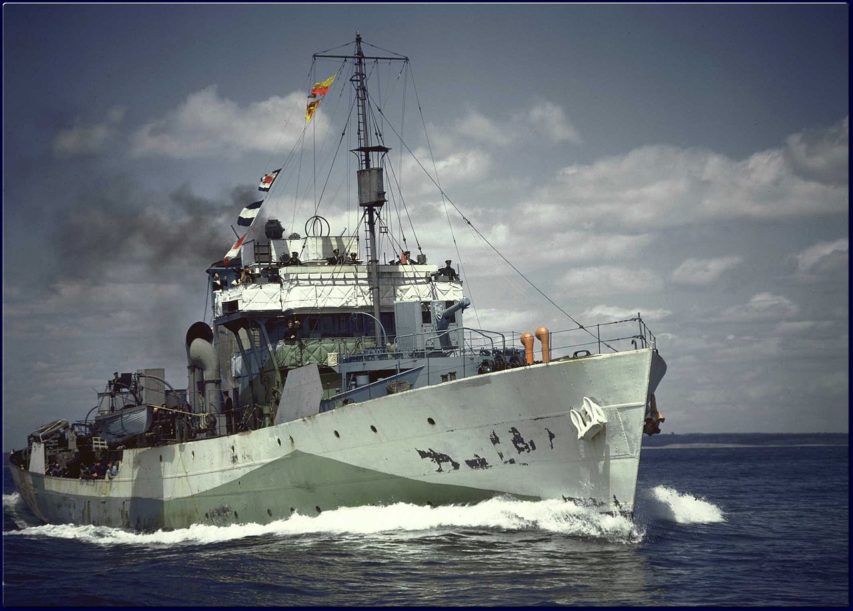A few years, back someone floated the idea of a cheaper class of warship for the Royal Navy to address a perceived weakness in anti-submarine capabilities. I heard it mentioned as the “cheap and cheerful” frigate proposal. The idea must still be popular with the fantasy fleet set, as Sir Humphrey takes some time to explain why the Royal Navy isn’t likely to order up a big batch of the 21st century’s answer to the Flower class of corvettes any time soon:
At its heart is the difficult question about whether the Royal Navy is best placed to meet the many global operational challenges it faces by investing in a small but highly capable force of escort ships, able to operate in every threat environment against peer competitors, or whether it invests more in a larger force of less capable platforms which increase its presence around the world.
Underpinning this argument is a sense by many commentators that what the Navy needs is more ships, and that the only way to get this is to invest in buying lots of smaller ships now to improve overall levels of capability.
This argument was recently made in an article by respected defence commentator Nicholas Drummond, who argued that what was required was a force of cheaper corvette style vessels. Perhaps up to 20 would be a highly effective way of providing basic ASW defence and also increasing hulls for operations around the world. Drawing his inspiration from the WW2 ‘FLOWER’ class, he notes that the RN was able to quickly build ships that provided a basic level of defence in an all out general war.
It is tempting to see this as a strong argument for the Royal Navy – build lots of little ships, individually cheap, but which when brought together provide a level of coherent defensive capability against threats that would potentially deter a submarine captain.

RCN Flower-class corvette HMCS Regina, pennant number K234 circa 1942-43.
Photo from the Canadian Navy Heritage site, negative number CT-252 via Wikimedia Commons.
The parallels break down because the Flower class were very cheap to build — they were built by commercial shipyards that normally worked on fishing vessels and small- to medium-sized cargo ships — they were not as heavily built as “real” warships and would have been almost helpless in surface combat with anything larger than a surfaced U-boat or light patrol craft. The enemy they were designed to fight was effectively a torpedo boat with limited underwater capabilities. WW2-era anti-submarine combat is no longer a useful guide to modern warfare.
The reality is that modern ASW is not something that can be done cheaply or via a simple platform. A credible and effective ASW frigate requires two three key assets, firstly the sonar processing power to identify, track and prosecute an attack against an extremely quiet target that does not want to be found. Secondly, it needs the means to deliver this attack as far away from the escort ship as possible – which calls for a platform capable of operating a long range helicopter capable of prosecuting an attack. Finally to prevent detection and attack, the frigate is required to be as quiet as possible to avoid notifying submarines of its presence – this requires extensive silencing and mounting of machinery to prevent it giving away a ships presence.
In turn these three characteristics raise the cost of the platform. Modern sonar equipment is incredibly expensive – particularly if you want to opt for things like Towed Array Sonars. If you want it to be able to work effectively against a highly capable target, you need to be prepared to spend a lot of money on it. There may be plenty of ‘cheap’ ASW frigate designs out there, but they almost certainly skimp on the complex underpinning sonar and software architecture required to be effective – and they are not intended to go up against peer threats like the latest Russian SSNs.
In the same vein while some of the designs on the market may have a flight deck or hangar for a small aircraft, what they are not cleared for is operating large Merlin scale helicopters. These are an essential part of the ASW battle – intended to travel quickly to successfully prosecute any contacts, the Merlin is at the heart of the modern Royal Navy frigates ASW weaponry.



